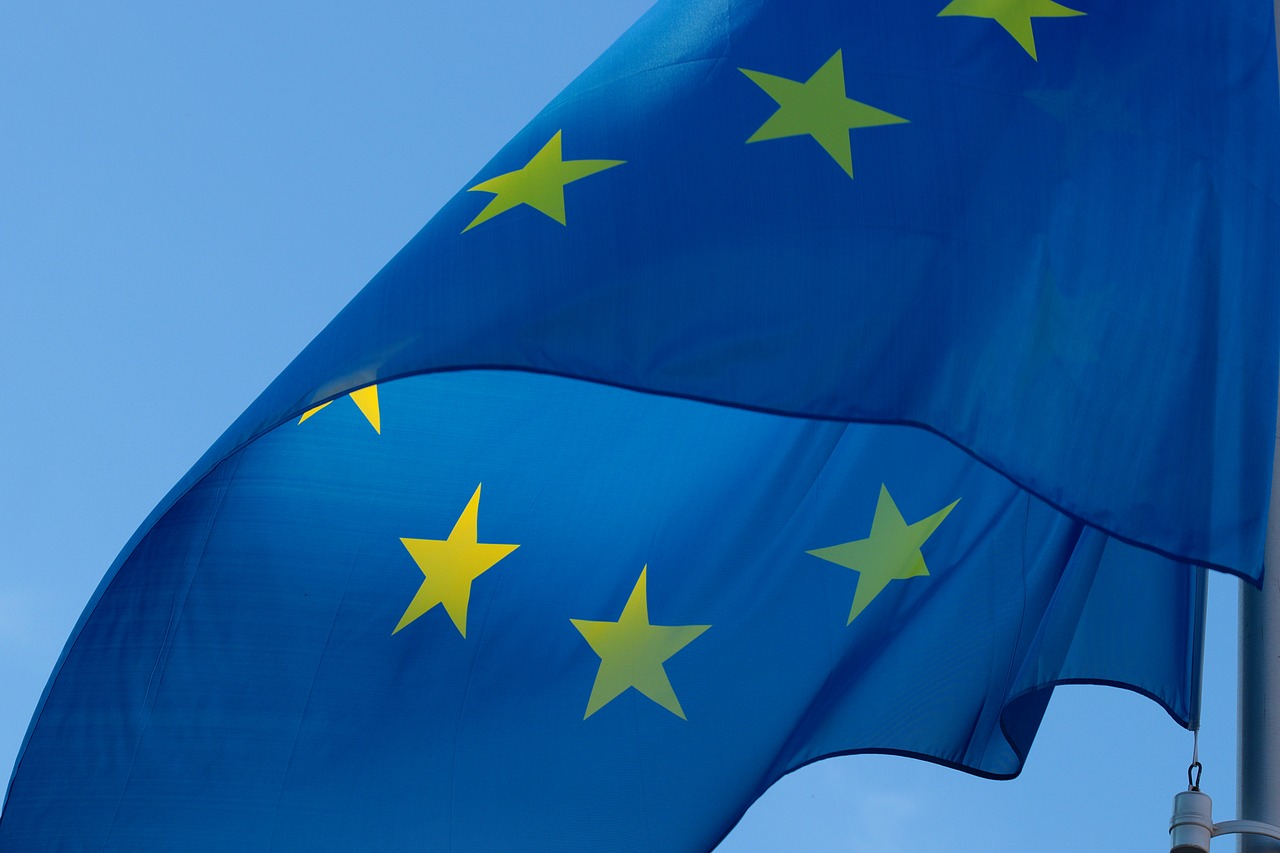
The European Parliament today presented its first earnings forecast for the EU election in Brussels at the end of May. According to him, the European People’s Party (EPP) would have 183 seats in a parliament shrunken by Brexit and would thus remain the strongest force (currently: 217). The Conservatives are followed by the Social Democrats with 135 seats (187) and the liberal ALDE with 75 seats (68).
Growth in right-wing groups
According to the forecast, the right-wing groupings could currently also increase. The Europe of Nations and Freedom Group (ENF), which also includes the FPÖ, would have 59 seats (37), the Conservatives and Reformers (ECR) 51 seats (75), and the equally right-wing populist Europe of Freedom and Direct Democracy (EFDD) to 43 seats (41).
There are losses in the Greens and the Left. They are currently forecasting 46 seats each (currently 52). In addition, ten non-attached persons are reported (22). In addition, there are 58 other seats in the survey that did not fall into any category.
Numerous political imponderables
The forecast assumes that the parliament due to the Brexit of currently 751 seats to 705 seats shrinks. This is especially true of the Social Democrats, who are losing their Labor mandates. The EPP would not be affected, as the conservative Tories are not part of the EPP but of the Conservatives and Reformers.
In addition to Brexit, however, other political imponderables make the preparation of forecasts this time particularly treacherous. So there are several potentially weighty political movements that currently can not be assigned to any existing group. For example, La Republique En Marche, run by French President Emmanuel Macron, is among the „others“ because it has not yet decided which group in the European Parliament it will join.
„We do not invent groups,“ said Philipp Schulmeister, head of the survey department of the European Parliament. Current data from EU and national surveys would be projected onto Parliament’s current composition. Because of these limitations, the forecasts should be seen as a „snapshot“ of the current situation.
Regularly new data
The EU Parliament will publish new survey data every two weeks from now on. From the end of April, the surveys should appear in public. The European elections will take place from 23 to 26 May. The outcome will also depend on who succeeds EU Commission President Jean-Claude Juncker.



